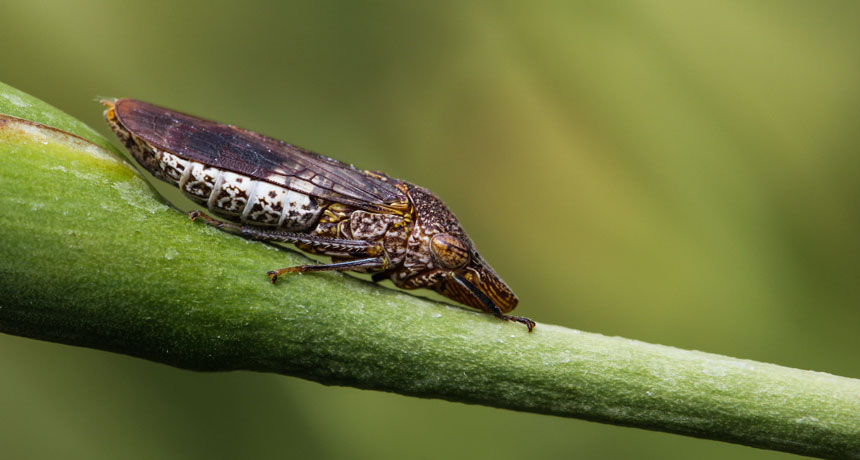acceleration A change in the speed or direction of some object.
catapult A device for throwing or flinging something into the air.
colleague Someone who works with another; a co-worker or team member.
fluid dynamics The study of liquids and gases in motion.
gravity The force that attracts anything with mass, or bulk, toward any other thing with mass. The more mass that something has, the greater its gravity.
insect A type of arthropod that as an adult will have six segmented legs and three body parts: a head, thorax and abdomen. There are hundreds of thousands of insects, which include bees, beetles, flies and moths.
online (n.) On the internet. (adj.) A term for what can be found or accessed on the internet.
physical (adj.) A term for things that exist in the real world, as opposed to in memories or the imagination. It can also refer to properties of materials that are due to their size and non-chemical interactions (such as when one block slams with force into another).
predator (adjective: predatory) A creature that preys on other animals for most or all of its food.
species A group of similar organisms capable of producing offspring that can survive and reproduce.
waste Any materials that are left over from biological or other systems that have no value, so they can be disposed of as trash or recycled for some new use.








